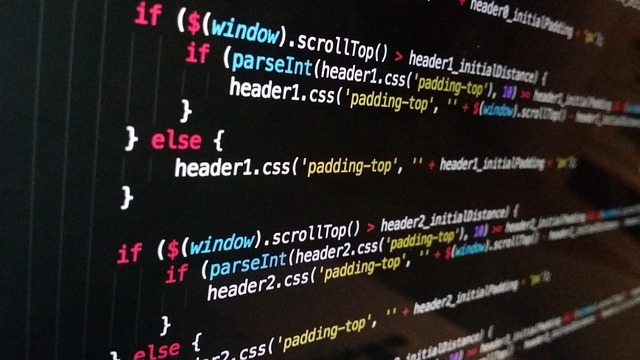In an age where a smartphone is often an extension of the body, the practice of self‑reflection has taken on new urgency. The endless stream of notifications, the constant comparison facilitated by social media, and the subtle compulsion to stay connected can erode the quiet spaces needed for introspection. Yet, when we pause, step back, and intentionally disconnect, we open a doorway to deeper self‑awareness. This article explores how a digital detox can serve as a catalyst for self‑reflection and how, in turn, such reflection informs a healthier balance between technology and humanity.
The Paradox of Connectivity
Technology promises connection, but paradoxically, it can create isolation. While we can send a message to someone on the other side of the planet in seconds, the same tools can distract us from the present moment, reducing face‑to‑face interaction and diminishing the quality of relationships. Self‑reflection allows us to evaluate whether our digital habits enhance or detract from our overall well‑being.
- Continuous notifications interrupt deep work and personal conversations.
- Algorithms shape perceptions, nudging users toward content that maximizes engagement, not insight.
- The “always‑on” culture fosters a sense of never being fully present.
The Science of Detachment
Neuroscience suggests that sustained attention is a limited resource. When we constantly switch between digital stimuli, the brain incurs a cognitive load that hampers creative thinking and emotional regulation. Self‑reflection, by contrast, requires sustained, deliberate attention, allowing the brain to consolidate experiences and form meaningful connections between events and emotions.
“Digital overload can fragment attention, while mindful disengagement restores cognitive bandwidth.” — Cognitive Neuroscience Review, 2023
Designing a Digital Detox Plan
A purposeful detox doesn’t mean total abandonment of technology; rather, it involves setting boundaries that preserve essential functions while carving out uninterrupted time for introspection.
- Identify High‑Impact Zones: Pinpoint devices or apps that consume the most time without offering substantial value.
- Set Time Blocks: Allocate specific hours for technology use—such as checking email only at 9 am and 3 pm—while marking the rest of the day as tech‑free.
- Physical Separation: Keep devices out of bedroom or workspace during designated periods.
- Replace, Don’t Eliminate: Substitute screen time with activities that promote reflection—reading, journaling, walking.
- Monitor and Adjust: Keep a log of time spent and feelings experienced during the detox; use this data to refine boundaries.
Integrating Self‑Reflection into Daily Life
Once the digital load is reduced, self‑reflection can flourish. The practice can take many forms:
- Daily journaling: writing three things you’re grateful for, an insight, and a challenge faced.
- Mindful walking: observing sensations, thoughts, and the environment without commentary.
- Midday pause: a five‑minute breathing exercise followed by a brief mental scan of your emotional state.
- Weekly review: setting aside time to reflect on personal growth, values alignment, and future intentions.
These habits create a rhythm that nurtures continuous self‑awareness, reinforcing the benefits of the initial detox.
Reevaluating Relationships with Technology
Self‑reflection often uncovers hidden patterns—such as compulsive scrolling after a stressful event. Understanding these patterns can inform healthier tech habits:
- Purposeful Use: Align device usage with clear intentions—e.g., using a fitness app to track exercise, not as a passive entertainment source.
- Digital Minimalism: Keep only the apps that serve a distinct need; uninstall or hide the rest.
- Scheduled Check‑ins: Instead of habitual checks, plan specific moments to review news or social media.
By consciously curating the technology landscape, individuals can protect space for reflection and reduce cognitive fatigue.
Long‑Term Sustainability
The goal of a detox is not a temporary break but a shift in mindset. Sustaining this balance requires ongoing self‑reflection:
- Set quarterly goals for tech usage and reflect on progress.
- Celebrate achievements in maintaining tech boundaries.
- Reassess and adjust boundaries as life circumstances evolve.
When self‑reflection becomes a habit, the relationship between humanity and technology naturally tilts toward enrichment rather than distraction.
Conclusion: A Path to Inner Harmony
Self‑reflection is a compass that guides us toward meaningful life choices. In the context of a digital detox, it becomes a powerful tool to rediscover presence, empathy, and purpose. By intentionally carving out time away from screens, we allow our minds the space to process experiences, evaluate values, and cultivate resilience. Over time, this practice fosters a sustainable equilibrium where technology serves human well‑being instead of dominating it.




